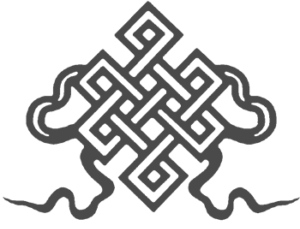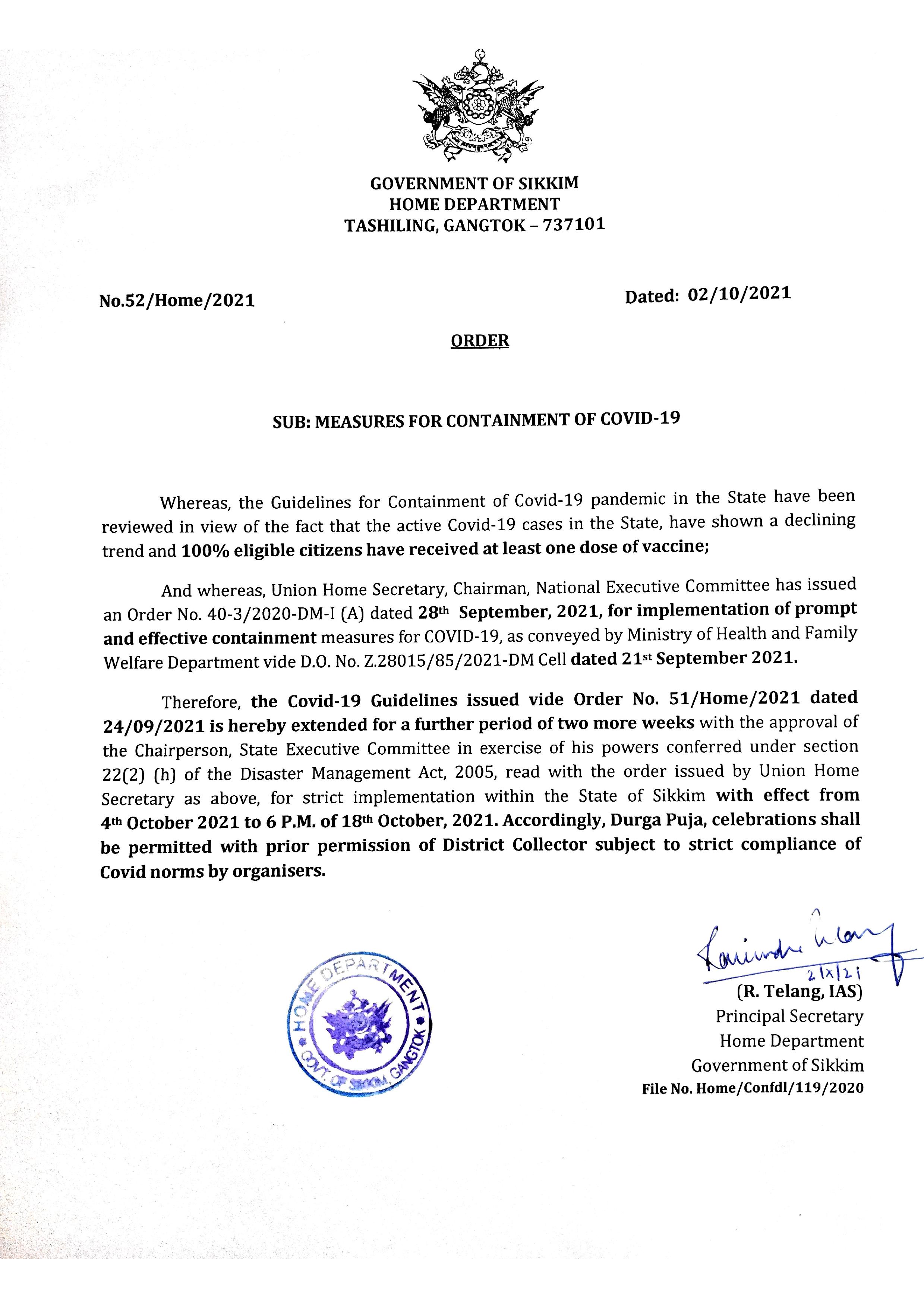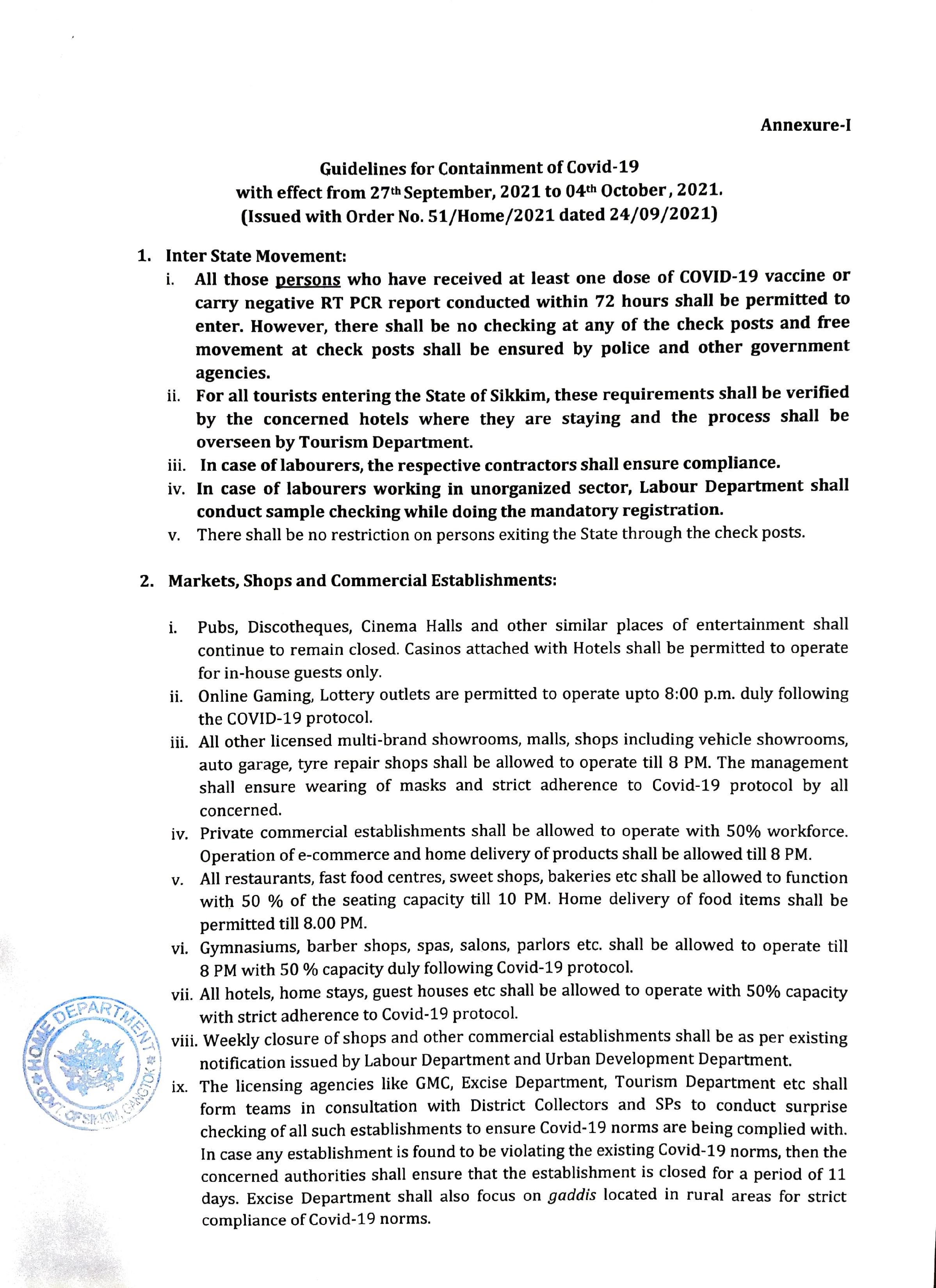Rabdentse Ruins
Rabdentse Ruins
Rabdentse Ruins
Rabdentse was the second capital of the former Kingdom of Sikkim from 1670 to 1814. The capital city was destroyed by the invading Gurkha army and only the ruins of the palace and the chortens are seen here now. However, the ruins of this city are seen close to Pelling and in West Sikkim district in the Northeastern Indian state of present-day Sikkim; Pemayangtse Monastery is one of the oldest monasteries in Sikkim which is close to the ruins.
The Rabdentse ruins are part of Buddhist religious pilgrimage circuit starting with the first monastery at Yuksom known as the Dubdi Monastery, followed by Norbugang Chorten, Tashiding Monastery, the Pemayangtse Monastery, the Sanga Choeling Monastery, and the Khecheopalri Lake.
Phuntsog Namgyal, the first Chogyal or King of Sikkim, was consecrated as king of Sikkim at Yuksom and succeeded by his son, Tensung Namgyal in 1670. The reign of the Chogyal was peaceful and saw the capital shifted from Yuksom to Rabdentse. The Namgyal had three wives – a Tibetan, a Bhutanese and a Limbu girl. The Limbu girl, daughter of the Limbu chief Yo Yo-Hang had inducted seven girls from her family who all married into noble Sikkim families. Many of them became councillors to the King and were given the title Kazi, which gave them enormous powers and privileges.[5][6]
The king's second wife's son Chador Namgyal, took over the reins of power in Sikkim, after his father’s death, in 1700. He was a minor at that time. This outraged his elder half-sister Pendiongmu (daughter of the first wife of Tensung Namgyal), of Bhutanese descent, who opposed the succession and with help from Bhutan evicted Chador. Chador fled to Tibet (Yungthing Yeshe, a loyal Minister escorted the minor king to Lhasa) where he remained in exile for ten years before returning and reclaiming his lost territory with the help of the Tibetans.[5][6]
While in Lhasa, Chador Namgyal became very proficient in Buddhism and Tibetan literature, and also became the state astrologer to the Sixth Dalai Lama. During his exile, the Sixth Dalai Lama pleased with the erudition of Chador Namgyal had conferred on his exclusive rights to an estate in Tibet. During this period, the son of Yugthing Yeshe (who had saved Chador and taken him to Tibet) was imprisoned by the Bhutanese in Rabdentse. Tibet intervened in the matter and also prevailed on King Deb of Bhutan to withdraw from Sikkim. Chador Namgyal then returned to Rebdantse and the small forces of Bhutan which remained were forced to withdraw. During this period, Sikkim lost some areas in its south-eastern region since Bhutan had colonized the area.[5][6]
Pedi, the Chogyal’s half-sister, had not given up on her enmity against her half brother Chador. With the help of a medicinal man from Tibet, she got Chador Namgyal murdered in 1716 through mysterious bloodletting from the main artery while the king was on a holiday at the Ralang hot water spring. Immediately, the royal armed forces executed the Tibetan doctor and also put Pedi to death by strangling her with a silk scarf.[5][6]
Gurmed Namgyal succeeded his father Chadok in 1717. Gurmed's reign saw many skirmishes between the Nepalese and Sikkimese. He had Rabdentse fortified to prevent invasions by the Gurkhas (Nepalese) and Bhutanese. Besides, a local Magar chieftain Tashi Bidur had also rebelled but was subdued.died in 1733 at the young age of 26. Since he did not have any legitimate children, on his death bed he conveyed that a nun at Sanga Cheoling was carrying his child (this is said to be the story concocted by the Lamas to perpetuate the Namgyal Dynasty). Subsequently, the nun gave birth to a male child who was accepted as heir to Gurmed and was given the name Phuntsog, after the first temporal and the spiritual head of Sikkim.
During the summer season from March to May, the weather is exceptionally pleasant and the temperature ranges between 7°C to 28°C, which is quite bearable to move around and explore the place.
Places & Attractions Nearby
Tathagata Tsal
The Buddha Park of Ravangla, also known as Tathagata Tsal, is situated near Rabong (Ravangla) in Sou...
Learn MorePelling
Pelling, a beautiful town in the West district of Sikkim, has become the second biggest tourist dest...
Learn MoreNamchi
Namchi or Namtse is the capital of the district of South Sikkim in the Indian state of Sikkim. The a...
Learn More






